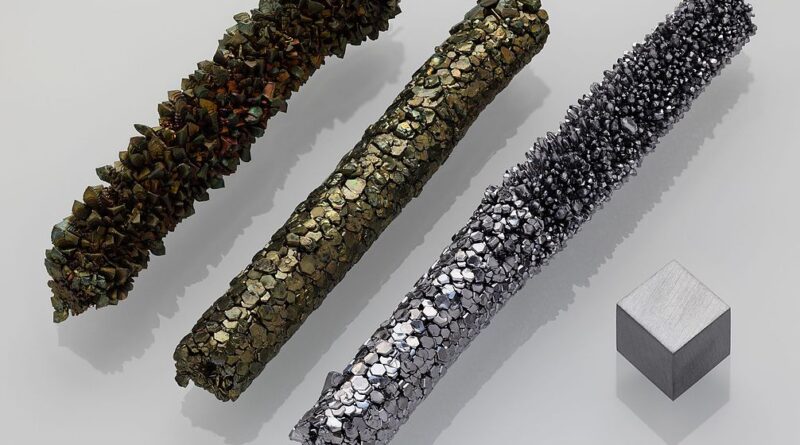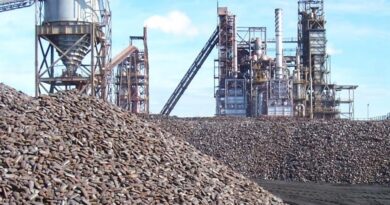VANADIUM: A strategic metal caught between two markets
By 2033, vanadium redox flow batteries (VRFBs) are projected to account for 17% of global vanadium use — a 6x increase from just 3% in 2021.
With steel still dominating vanadium demand (accounting for 94% of US consumption in 2023), this surge in battery use is expected to put significant pressure on supply.
To meet this growing demand, global vanadium supply will need to increase by 6.9% annually between 2022-2030.
However, 99% of global supply is concentrated in high risk regions: China (70%) and Russia (21%) and South Africa (8%). And most potential new sources of vanadium remain either un-financed or in early-stage exploration.
Vanadium is a silvery-blue transition metal named after the Norse goddess Vanadis. Its primary use is as an alloying agent to strengthen steel, where even small additions (typically <0.2%) significantly increase tensile strength and durability. This makes it essential for applications in construction, pipelines, tools, jet engines, and rebar, especially in earthquake-prone regions.
But vanadium’s relevance is expanding, in particular, as the active element in vanadium redox flow batteries (VRFBs), a leading non-lithium energy storage technology. Unlike lithium-ion, VRFBs don’t degrade with time, making them ideal for grid use with longer life cycles, improved safety, and scalability, especially for large-scale grid storage solutions. The batteries rely on vanadium’s almost unique ability to exist in four stable oxidation states, which enables energy to be stored and discharged repeatedly without degradation.




